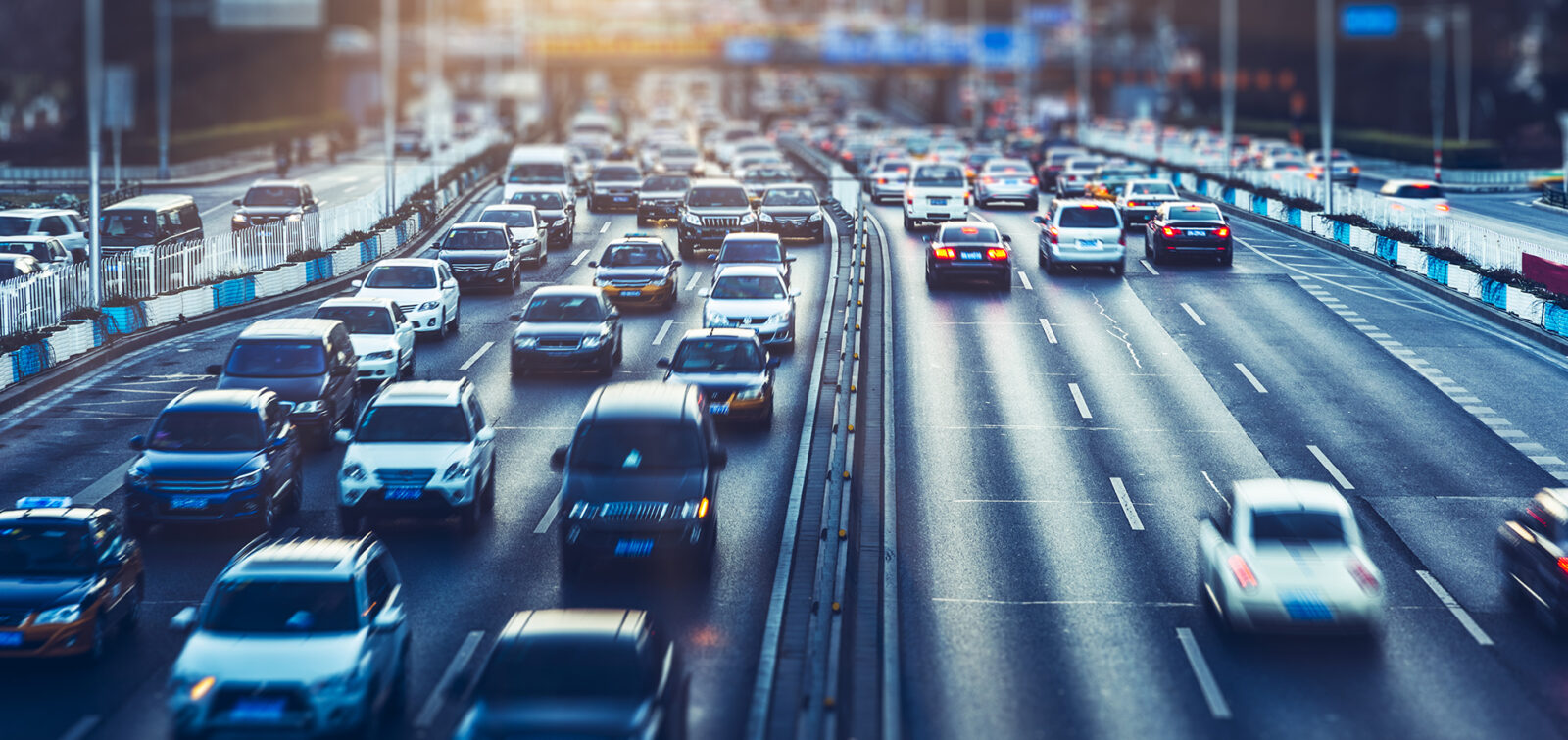The term “blue carbon” refers to the carbon sequestered and stored by coastal habitats, such as seagrass meadows, salt marsh, and mangrove forests. Carbon is sequestered in these habitats by plants taking up atmospheric carbon dioxide and converting it to organic carbon through photosynthesis. The carbon is then stored as vegetative biomass aboveground and belowground as roots. Additionally, as plants die, some of the organic material becomes buried belowground and accumulates in the soil.
Coastal wetlands are especially efficient carbon sinks because the lack of oxygen in the sediments inhibits decomposition, thereby trapping more carbon from being re-emitted to the atmosphere as carbon dioxide or methane. Coastal wetlands accumulate soil carbon at rates exceeding most terrestrial forests (Mcleod et al. 2011; Pan et al. 2011). While wetlands occupy less than 2 percent of the ocean surface, they represent almost 50 percent of the ocean’s transfer of carbon to burial in sediment sinks (Duarte et al. 2005). Additionally, soil carbon in coastal wetlands can remain buried for centuries to millennia so long as the habitat remains intact and saturated (Orson et al. 1987; Alongi 2014).
When coastal wetland habitats are drained, converted, or otherwise degraded, the long-sequestered soil carbon can re-oxidize back into the atmosphere, which leads to significant carbon emissions (Pendleton et al. 2012). Globally, it is estimated that some 450 million tonnes (also referred to as metric tons, 1,000 kg) of carbon dioxide are released each year from stores of carbon in coastal wetland soils as human impacts drive wetland loss (e.g., diking and draining) (Pendleton et al. 2012). Loss of wetlands also brings reduced, ongoing carbon sequestration, erosion of carbon stocks, and a decline in other ecosystem services.
Another threat to blue carbon stores and processes is sea-level rise due to climate change. Sea-level rise (and associated tidal change) is expected to be a major driver of habitat evolution across the world. Changing habitat acreages will result in changing carbon stocks as wetland habitats migrate inland or are lost due to “coastal squeeze.” For example, when land is covered with vegetation, there is a stock of carbon in the biomass and the soil, and the soil carbon increases according to the soil sequestration rate of the habitat, due to the incorporation of dead organic matter back into the soil (see graphic below). When a habitat converts to another habitat (e.g., from coastal hammock to salt marsh), aboveground biomass may increase or decrease (depending on the different type of vegetation), and soil sequestration continues, but at the rate of the new habitat type. With sea-level rise, when salt marsh converts to mudflat, aboveground biomass is lost and soil sequestration halts, but some soil carbon stored prior to the conversion remains sequestered within the mudflat. Some amount of the stored soil carbon is released back into the atmosphere through erosion when habitats convert to subtidal.

To combat the losses in coastal wetlands and blue carbon stocks, there is a need to establish best practices in terms of:
(1) Habitat conservation and recovery in coastal settings, including urban estuaries
(2) Quantification of the greenhouse gas exchange implications of strategies involving coastal wetland management
(3) Projections of how coastal landscapes will change as sea levels rise to inform forward-looking planning decisions
Best practice approaches will vary from place to place, dependent upon cultural and landscape settings. ESA’s coastal engineers and scientists have been leading the assessment of blue carbon through active research and projects across the country in Tampa Bay, Florida, the Snohomish Estuary in Puget Sound, and multiple projects in Southern California.
References
Alongi DM (2014) Carbon cycling and storage in mangrove forests. Annual Review of Marine Science 6 (1): 195–219. doi.org/10.1146/annurev-marine-010213-135020
Duarte, C.M., Middelburg, J.J. & Caraco, N. 2005. Major role of marine vegetation on the oceanic carbon cycle. Biogeosciences, 2, 1–8.
Mcleod E, Chmura GL, Bouillon S Rodney S, Bjork M, Duarte CM, Lovelock CE, Schlesinger, WG, Silliman BR (2011) A blueprint for blue carbon: toward an improved understanding of the role of vegetated coastal habitats in sequestering CO2. Frontiers in Ecology and the Environment 9: 552-560.
Orson RA, Warren RS, Niering WA (1987) Development of a tidal marsh in a New England river valley. Estuaries 10 (1): 20–27. https://doi.org/10.2307/1352021 .
Pan Y, Birdsey RA, Fang J et al (2011) A large and persistent carbon sink in the world’s forests. Science 333: 988-993.
Pendleton L, Donato DC, Murray BC et al (2012) Estimating global “blue carbon” emissions from conversion and degradation of vegetated coastal ecosystems. PLoS ONE 7: e43542.
Smardon, R.C. 2019. U.S. Clean Water Act policy vs wetland science – nexus or not? In Wetland Science & Practice 36(1), 15-22.








